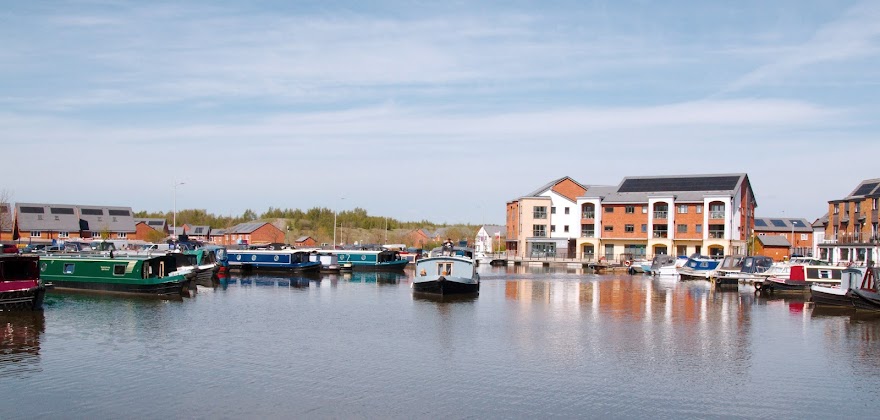Today was our first real drive with our car buddies, unfortunately Ruth wasn’t feeling to good and Jen did the driving – great job under difficult circumstances. Also our first checkpoint, passports ready and to be honest a bit disappointing they waved us through.
Sea Level Point and Qumran
Sea level point had great views: The "Sea Level Point" near Jericho.As we drove to the En Gedi & the Dead Sea it didn’t feel like we were below sea level or continuously travelling down, it was until we got to the sign saying we were at sea level that we had to hold our breath as we went under water, joking but I wasn’t consciously aware of going below sea level. If we were not surrounded by mountains the sea would cover all this land.
Landscape at Sea Level Point
We also passed the site of the Qumran Scrolls, it is a National Park and although we didn’t actually go to it we did see one of the famous caves where the scrolls were found. This cave is Cave 4 and housed 122 biblical scrolls, representing every OT book except for Esther. We pulled over on the side of the road to see the area and caves. The story goes that a shepherd lost a sheep and went to find it in the cave where he found a clay pot housing the scrolls; he didn’t know what they were at the time. The Isaiah book was 1000 years older than previous examples. The proximity to Qumran of the eleven caves housing the Dead Sea Scrolls suggests that some part of the sectarian community (the Essenes) resided there. The physical remains of Qumran from around 100 B.C.E. through 68 C.E. reflect an intense focus on ritual purity (for example, the many ritual baths). This evidence suggests that Qumran housed the hard-line faction who had retreated to the desert for a life of piety. It was also suggested that John the Baptist may have been part of this community.
The caves above the green bushes is where the site is when they found the scrolls
After this brief stop on the side of the road we were back in the cars and off to En Gedi Nature Reserve.
Ein Gedi
(Hebrew: יִדֶּ ין ג ֵע , Arabic: عين جدي, translit. ‘ayn jady), literally "spring of the kid (young goat)" is an oasis, lots of birds and animals including; Rock Hyrax, Ibex, Dragonflies and butterflies. The En Gedi nature reserve is located on the eastern edge of the Judean Desert, on the shore of the Dead Sea. Two valleys run through the reserve Wadi David in the north and Wadi Arugot in the south. A number of springs run through the reserve and a waterfall (David’s Waterfall). There was a school outing, a large number of Orthodox Jewish girls making lots of noise and thoroughly enjoying themselves. I decided to walk to the second spring and enjoy the day, dipping my toes in the water as it was extremely hot. I was joined by Beth, Rebecca and Paula. We had a great afternoon. Relating the area to the bible - Fleeing from King Saul, David hides in the strongholds at Ein Gedi (1 Samuel 23:29 and 24:1-2) and Saul seeks him "even upon the most craggy rocks, which are
accessible only to wild goats" (1 Samuel 24:2). Psalm 63, subtitled a Psalm of David when he was in the wilderness of Judah, has been associated with David's sojourn in the desert of En-Gedi.
The Song of Songs (Song of Solomon 1:14) speaks of the "vineyards of En Gedi". The words of Ecclesiasticus 24:18, "I was exalted like a palm tree in Cades" (’en aígialoîs), may perhaps be understood as the palm trees of Ein Gedi.
En Gedi Selfie
A lot of school kids enjoying the freedom at the reserve.
Rebecca, Paula and Beth found a nice little cove in the shade and soaked our feet - perfect.
The terrain at En Gedi, there was nice walkways and bridges but steep in parts.
Ibex in the reserve
Next stop, The Dead Sea for an evening dip.














No comments:
Post a Comment